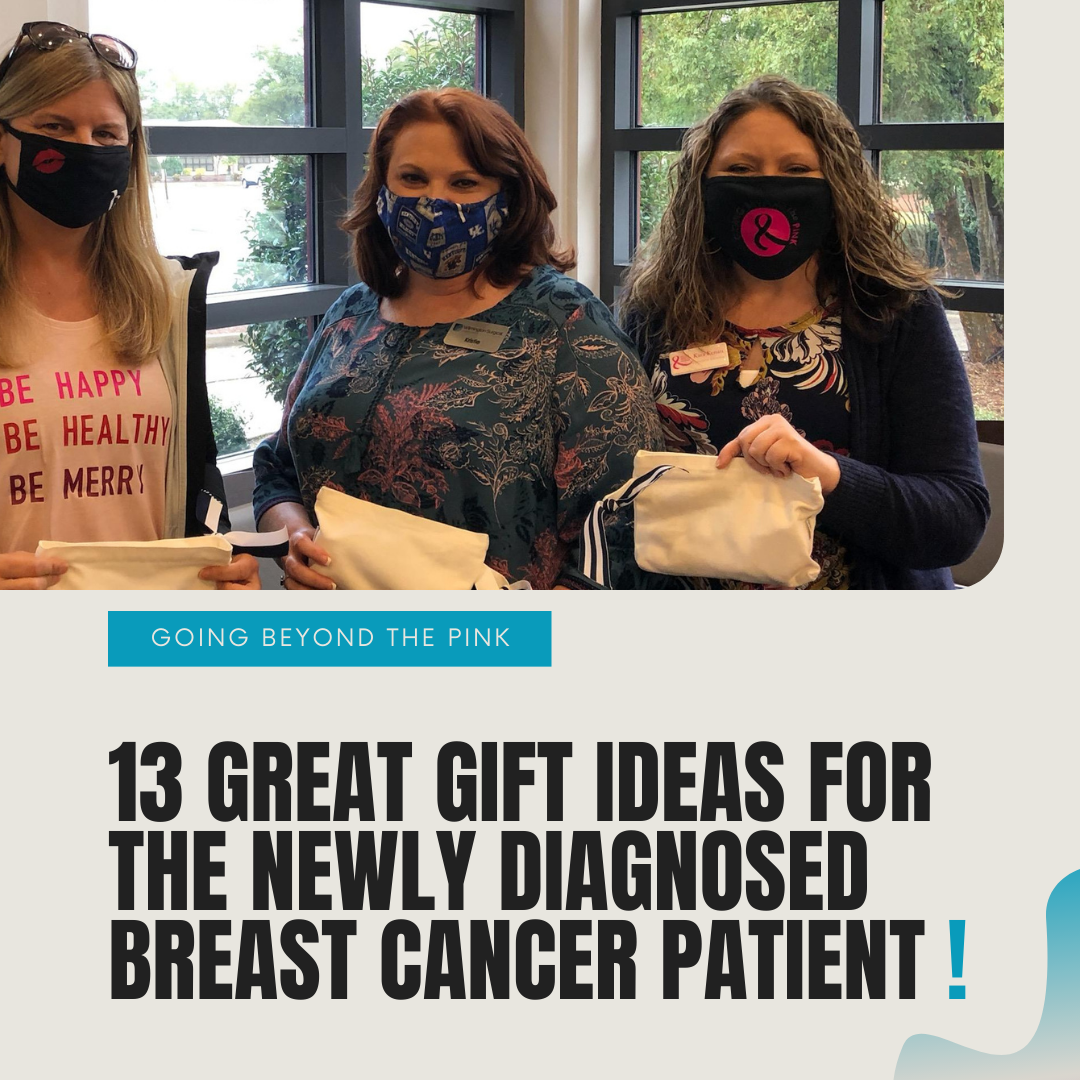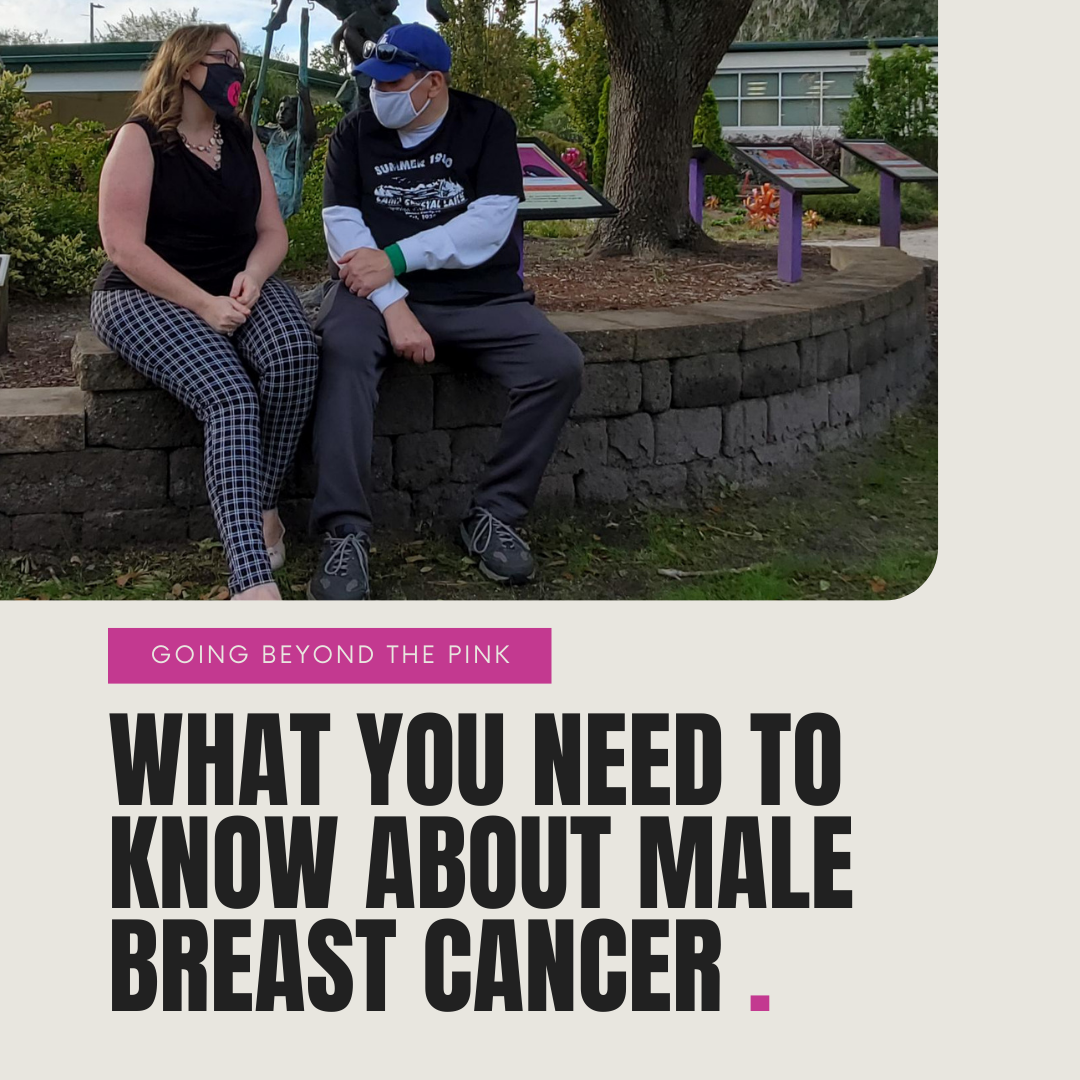
10 Truths About Cancer & Relationships
Ultimately, the reality of having cancer is very different from what we’ve come to know as a culture. And the hard truth is, we probably won’t tell you the complete truth about what we are going through because we want to be strong for you. There are, however, a few things you should know and can do to help us as we face the realities of a cancer diagnosis and treatment. Learn more here.

13 Great Gifts Ideas for the Newly Diagnosed Breast Cancer Patient
It’s shocking to hear a close friend tell you she’s been diagnosed with breast cancer. Caregivers and supportive friends and family are also impacted by the diagnosis. When breast cancer happens, it happens to everyone in our lives in one way or another. One of the most frequently asked questions we hear is “What can I get for my friend who’s about to start treatment?” There are so many great ideas, but we’ve got some favorites to share with you!

Swollen Lymph Nodes After COVID Vaccine May Mimic Breast Cancer During Mammogram
As people across the globe get vaccinated for COVID-19, medical professionals are noticing its impacts on the body. For some, the vaccine causes pain and discomfort at the injection site. People have reported passing headaches, body aches, and a general feeling of malaise.
Thankfully, most people receiving the vaccine have not experienced any serious side effects. Whether that changes, only time will tell. Still, many folks are resistant to getting the vaccine, opting to wait until more data is available about its efficacy and outcomes.

What You Need To Know About Male Breast Cancer
You will hear this sentiment echoed in the words of many male breast cancer survivors. But statistics show that breast cancer isn’t just for women.
While breast cancer among men in the U.S is far less likely than that of their female counterparts, breast cancer in men does account for approximately 1% of breast cancer diagnoses, with around 2,300 new cases yearly as reported by the CDC. These numbers reflect a fairly recent increase in the likelihood of an average male being diagnosed, which went from 1 in 1,000 to 1 in 833.